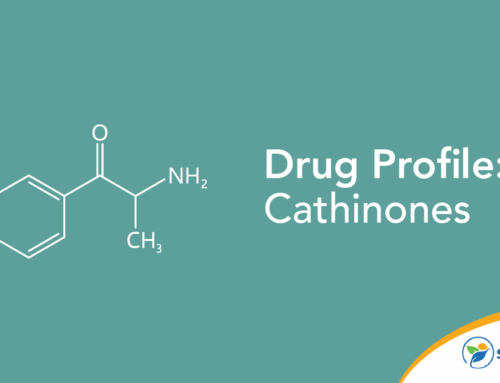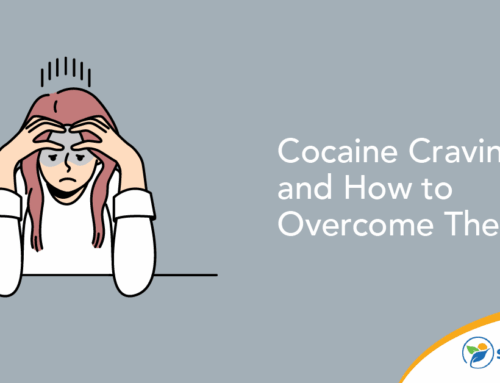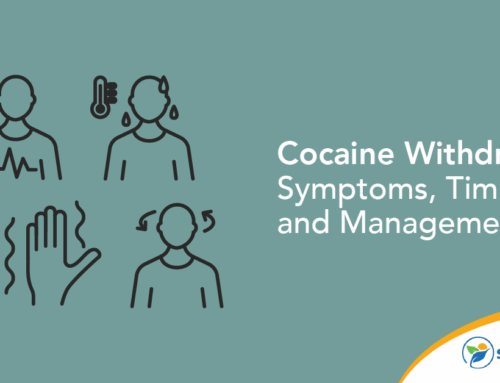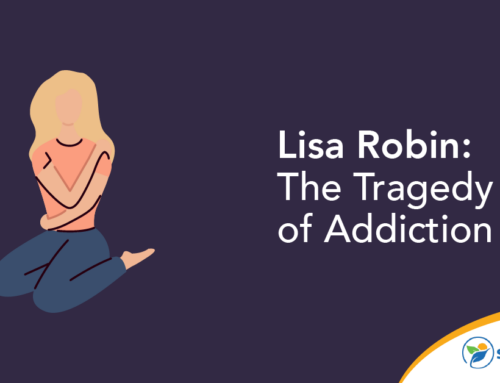When you consider the question “What are the hardest addictions to treat?” the answer often depends upon the individual. What’s extremely addictive to one person may not be as addictive to another.
However, some substances are addictive to everybody, creating serious physical and psychological risks and frequently resulting in death. Following are some notoriously addictive substances, making them among the worst addictions to treat.
Alcohol
Alcohol addiction damages millions of lives worldwide every year, yet it’s legal in most countries. People drink in informal and formal social settings, and popular culture most often portrays drinking alcohol as an acceptable pastime.
People drink too much because they want to fit into a group, such as in a college setting. They self-medicate to avoid physical or psychological pain or to deal with stress. Family can also play an important role. Children exposed to alcoholism at an early age have a greater risk of developing an alcohol use disorder (AUD) themselves.
Anyone of legal age in the United States can have a drink. The National Council on Alcohol Abuse and Alcoholism reported in 2019 that 85.6% of Americans aged 18 and older have had at least one drink.
However, the same report also showed nearly 15 million Americans aged 12 and older have an AUD. The report also highlighted two disturbing trends: 28.7% of people aged 18 and older reported they had engaged in binge drinking in the past month, and others participated in high-intensity drinking, where people drink two or three times the binge-drinking levels for their gender.
Unless people address an AUD, serious consequences result. People addicted to alcohol deal with significant depression and anxiety, often leading to outcomes like suicide. Alcoholism can also have severe effects on an individual’s physical health, not to mention the effect it has on families.
Cocaine
Cocaine is a highly addictive illegal drug. Unlike alcohol, you can’t walk into a corner store and buy cocaine. You must know a drug dealer. The dealer will sometimes add opioids such as fentanyl to cocaine to make it more addictive.
People snort, smoke or inject cocaine for the high created by its effect on dopamine. People also use cocaine because it makes them more mentally alert. Unfortunately, the body adapts to cocaine use. Users need to take more of the drug to maintain the same exhilaration and mental sharpness, creating an addiction.
Continued cocaine addiction has devastating results. If not treated, cocaine addiction leads to increased depression and negative feelings when not using the drug. After a while, the cocaine addict doesn’t care about eating, sleeping, friends or family, only about finding more of the drug.
Heroin
Heroin is another addictive illegal drug made from morphine derived from the poppy plant. People use it for the rush of pleasure it provides. First-time users of heroin tend to be in their teens, but most regular users are in their 30s. People often first use heroin when they see famous cultural figures using it.
People can get hooked on heroin because of other opioid use, such as prescription drugs like OxyContin or Vicodin. Regular users can become addicted to heroin in two to three weeks.
Dealing with heroin addiction is extremely important. Heroin addiction can be dangerous. The number of heroin-involved overdose deaths increased sevenfold between 2009 and 2019.
Nicotine
Many Americans legally smoke, chew or vape tobacco, which contains nicotine. For many years, popular cultural stars smoked regularly on TV or in movies. Having a cigarette break was a popular way to grab a five-minute break at the office or socialize with coworkers. Cigarette companies spend billions of dollars every year to entice smokers.
Since smoking isn’t illegal, it can be challenging for users to quit. Although the American government increased the awareness of the dangers of smoking, approximately 31 million Americans still smoked as of 2020.
However, cigarette smoking and nicotine use remain the number one cause of preventable disease, disability and death in the United States. Currently, cigarette smoking accounts for one of every five deaths in America.
Methamphetamine
People use methamphetamines (or meth) in legal settings, such as treating ADHD or weight loss in severely obese patients.
However, methamphetamine, especially in one of its more popular illegal forms known as crystal meth, creates a high that starts and fades rapidly. This encourages users to go on “a run” where they regularly use the drug every two or three hours for several days, hardly bothering to eat or sleep. Meth is another drug used in social settings to bolster feelings of confidence, lower inhibitions and experience increased pleasure during activities like sex.
Confronting methamphetamine use is important. Addicts can experience several serious problems, including severe weight loss, hallucinations, dental issues, confusion and memory loss, and can become increasingly violent.
Fentanyl
A synthetic opioid 50 to 100 times more potent than morphine, fentanyl is a legal drug to treat pain. Unfortunately, illegal fentanyl, which is most often made in underground labs in powder form, is now one of the most common causes of death from overdose.
Like other opioids, overuse leads to addiction. Drug dealers mix fentanyl with other drugs, such as cocaine, to increase its addictive properties. An overdose is often caused by hypoxia, where the brain fails to receive enough oxygen.
Stopping addiction to fentanyl can be challenging. Fortunately, pharmaceutical companies are developing better ways to treat fentanyl and other opioid addictions.
Painkillers
Addiction to opioid painkillers such as OxyContin or Vicodin increased over the past decade in the United States. The situation was made worse by drug companies pushing doctors to prescribe these medications to deal with pain when they weren’t necessary. The recent COVID-19 pandemic also played a role as people were more isolated from friends and family, making it easier for them to become addicted to these painkillers.
Overdose deaths involving prescription opioids increased from about 3,500 in 1999 to approximately 16,420 in 2020. This rapid increase created heightened awareness among governmental and other organizations of the problem of prescription opioid addiction, and they increased the number of addiction programs and treatments to deal with this issue.
Are you dealing with an addiction like the ones above that affects your work, personal life and health? Do you want to make a change? Our compassionate counselors at Sunlight Recovery are standing by 24 hours a day. We’re ready to help you begin your journey to recovery. Contact Us.






